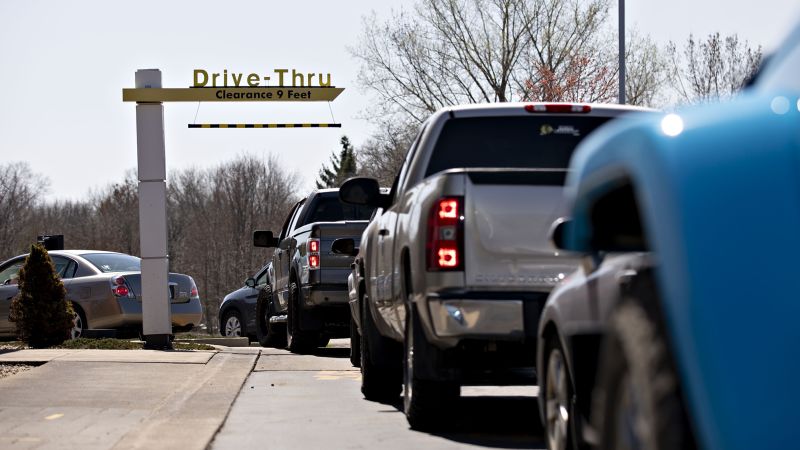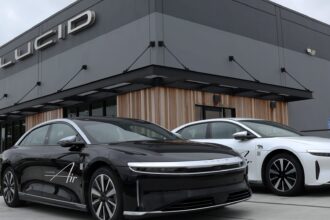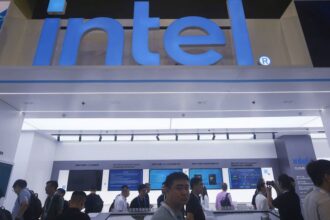America is a land of drive-thrus.
An estimated 200,000 drive-thrus are spread across this country. Americans visit drive-thru lanes approximately 6 billion times a year. At leading chains like McDonald’s, drive-thrus account for 70% of sales or more.
Drive-thrus promise hungry drivers ease, convenience and a juicy burger. But long lines of cars waiting for orders spill out into US roads in every state from chains like Chick-fil-A, McDonald’s, Starbucks and Dunkin. And city officials, urban planners and critics say the model is failing modern cities.
Magnets of traffic and congestion, drive-thrus discourage walking, public transit use and visits to neighboring businesses. They also lead to accidents with pedestrians, cyclists and other cars, and contradict the environmental and livability goals of many communities.
A host of cities and regions want the sprawl to stop: Atlanta lawmakers will vote this summer on whether to ban new drive-thrus in the popular Beltline area. Minneapolis; Fair Haven, New Jersey; Creve Coeur, Missouri; Orchard Park, New York, and other cities have banned new drive-thrus in recent years. Some cities in Southern California, such as Long Beach in 2019, have passed temporary moratoriums blocking new developments. Restrictions have also been considered in Pittsburgh and Mesa, Arizona.
Drive-thrus don’t “support any of the life and vitality and amenities that suggest people might want to come live, work or play in a neighborhood,” said David Dixon, an urban places fellow at design and planning firm Stantec. “Drive-thrus belonged to a much more auto-centric world.”
Drive-thurs first appeared in California in the 1950s, according to the Smithsonian. An early Jack in the Box was a hit with kids, who could order their meal through the head of a clown.
The eat-in-your-car model expanded on American roads during the following decades as highways were built, suburbs spread, and new fast-food chains like McDonald’s and Wendy’s popped up.
Drive-thrus became a lifeline for chains during the Covid-19 pandemic, as restaurants shut down indoor seating areas. Drive-thru sales hit $133 billion in 2022, an increase of 30% from 2019 pre-pandemic levels, according to Technomic, a restaurant industry consulting firm.
Shake Shack and Sweetgreen opened their first drive-thru locations during the pandemic, while Taco Bell, Chipotle and other chains opened stores that serve drive-thru customers exclusively.
Companies switched to drive-thru models because they are more profitable: smaller than sit-down restaurants, requiring less staff and maintenance.
They make the most sense in car-centric areas, and there are many drive-thrus positioned far from pedestrian or bicycle traffic. But drive-thrus are often located in the “exact worse place for them to be” for road safety, said Eric Dumbaugh, a professor in the department of urban and regional planning at Florida Atlantic University who studies traffic safety.
They are often intentionally placed along higher-speed arterial roads — busy roads that carry cars from around a region at high speeds — to grab drivers’ attention.
This means that if there’s a pedestrian or biker in an intersection or sidewalk, drivers have less time to brake, increasing the chances of an accident. Drivers moving along arterial roads also typically focus on the road and the cars around them, and less likely to be on the lookout for pedestrians.
Drive-thrus can also be hot spots for rear-end collisions and t-bone accidents from cars turning left out of driveways.
Companies “aren’t paying any attention to the safety considerations of their design decisions,” said Dumbaugh. And local governments pay lip service to pedestrian safety but still permit these uses in arterial roads, he said.
Companies say they are changing their drive-thrus by adding more car lanes and technology such as AI to speed up orders and reduce potential problems.
Starbucks told CNN that it is conscious of the communities its stores are in and “introducing the right type of store for the needs of that community.” Starbucks is testing different store models in different areas such as pickup-only stores, curbside pickup from cars and drive-thrus.
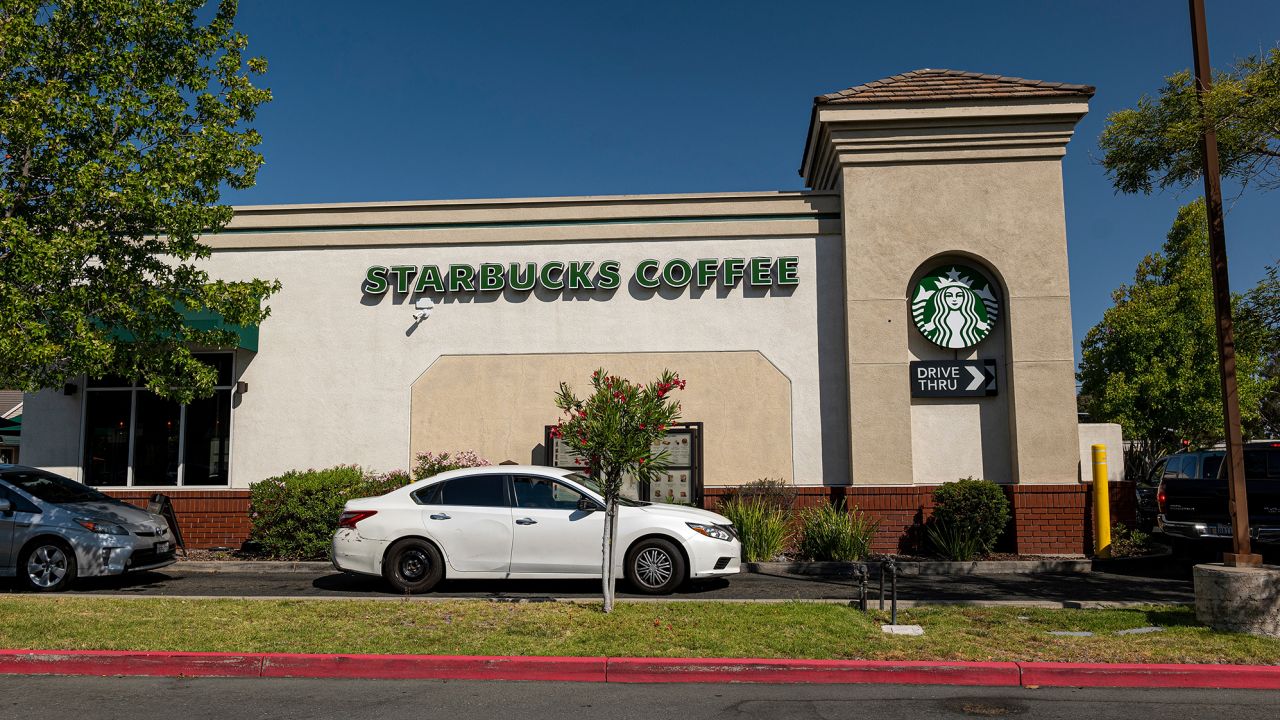
But chains trying to address congestion by adding more lanes just encourage more cars to come. Accidents are so common that personal injury lawyers around the country specifically advertise to people injured at drive-thrus. Experts say pedestrian safety can be improved by tightly managing access along arterial roads and locating drive-thrus away from them.
Drive-thrus also do not support neighboring businesses, Dixon of Stantec said, as people typically just grab their food and drive off.
A better, safer fast-food model in these areas are restaurants and bars with sit-down options that contribute to walkable neighborhoods, he said, or on the first floor of multi-floor buildings.
Atlanta City Councilman Jason Dozier proposed a bill this year to block new drive-thrus around the Atlanta Beltline, a pedestrian trail along a 22-mile railroad corridor. Atlanta’s City Council is expected to vote on the bill in August.
Dozier’s bill was in response to pedestrian fatalities in the area.
Since 2015, 14 pedestrians have died and 47 have been seriously injured in car accidents around the Beltline area, he said. More than half those deaths occurred in last two years.
“It’s a very scary time for pedestrians in the city,” Dozier said. “We need to make sure we can design communities around pedestrian safety.”
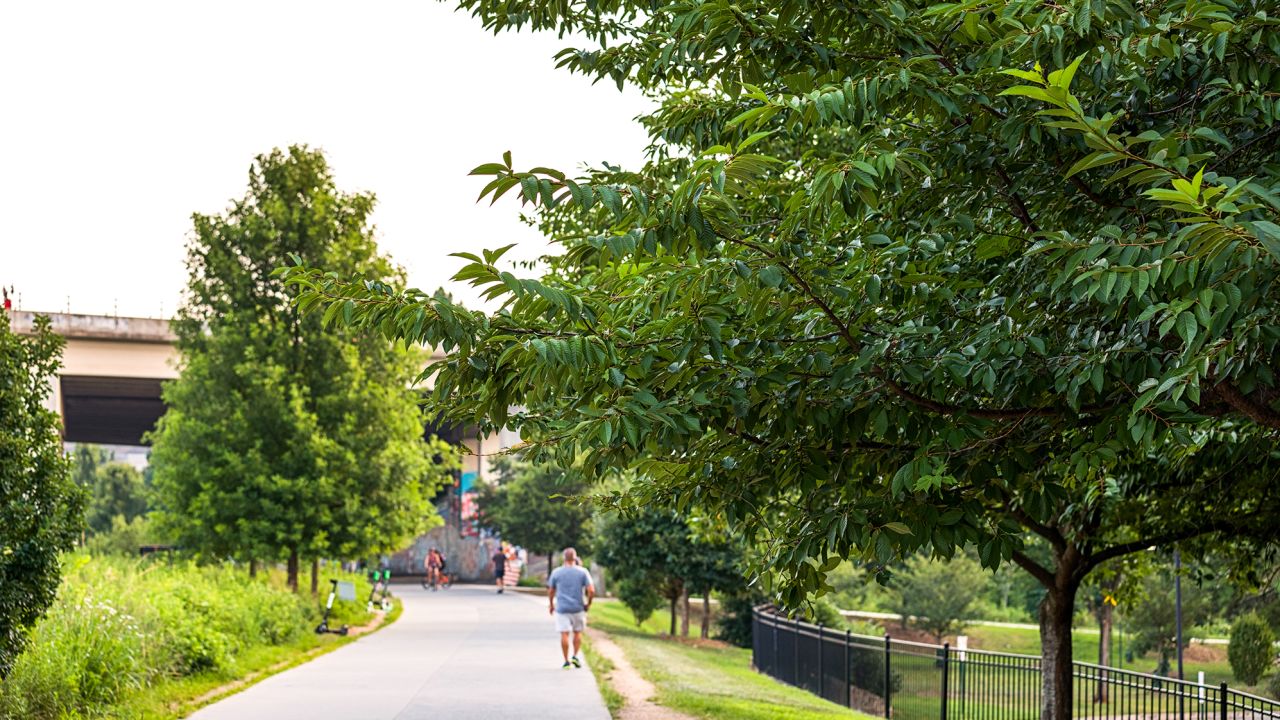
In Sugar House, a neighborhood in Salt Lake City, the planning commission proposed a ban on new drive-thru development in business districts after residents complained drive-thrus were blocking sidewalks, bike paths and driving lanes on streets.
“It puts the vehicle front and center. It goes against the master plan of Sugar House to promote a walkable, mixed-use town center,” said Levi Thatcher, chair of the Sugar House Transportation Committee.
Charlotte has struggled with clogged roads from cars spilling out into the streets from Chick-fil-A and other fast-food drive-thru lanes during peak hours in recent years.
“Our love of waffle fries is leading to even bigger traffic woes on busy Charlotte roads,” said one TV report from WCNC in 2019.
Charlotte has a long-term plan to become a less car-oriented city through investments in rail and other public transit. Building drive-thru restaurants in densifying areas clash with these goals, said Keba Samuel, chair of the Charlotte Planning Commission.
“The more drive-thrus you build, the more car-centric you become —as opposed to something that has more mobility options,” she said. “It doesn’t make sense to have this multi-billion investment in light rail and still encourage an auto-centric environment. It’s contradictory.”
However, the Charlotte City Council recently approved new Chick-fil-A and Bojangles drive-thrus near public transit stations.
Read the full article here


